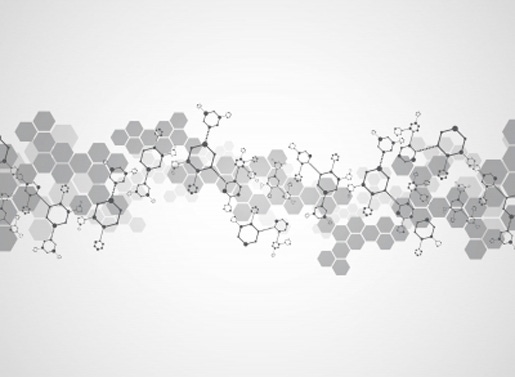Selecting Adhesives for Medical Devices
Selection of a suitable adhesive for a medical device is challenging because of the wide variety of adhesive types, performance characteristics, and an ever-expanding range of use scenarios.
August 30, 2017

Selection of a suitable adhesive for a medical device is challenging because of the wide variety of adhesive types, performance characteristics, and an ever-expanding range of use scenarios.
Jeff Cafmeyer
It is nearly impossible to find an example of a medical device that does not incorporate at least one adhesive joining different materials or components. The adhesive provides a critical role--it is literally the glue that holds a device together so it can perform its function.
However, the selection process for an adhesive does not always incorporate the complex demands that are placed on it. This can lead to durability issues and failures.
The selection of an adhesive should consider the substrate materials being bonded, the fabrication process, and should contemplate the total use scenario to ensure that the adhesive is appropriate. The process for selecting an adhesive should involve more than consulting the manufacturer's product datasheets, which typically provide guidance with general performance data for the material. Although the process typically begins there, the datasheets cannot be expected to be specific for the conditions and adhesive use situation relevant for the current device.
Even past performance or experience may not provide all the relevant details for the current use scenario. For medical devices, bonding dissimilar materials often with low surface energies, specific manufacturing assembly requirements, and product sterilization all present challenges for creating durable adhesive bonds.
The effects of sterilization are often overlooked or considered simply in regard to material compatibility instead of the broader system impact. Sterilization--whether steam autoclave, ethylene oxide, radiation, or chemical treatments--is an aggressive exposure condition for a medical device and its constituent materials that is typically harsher than the general use and exposure conditions of the device. Sterilization can be extremely demanding of the adhesives and their function, especially if the device is reusable and will experience the cumulative effect of multiple sterilization cycles over the course of its life.
Sterilization not only tests the integrity of the adhesive material, which can degrade chemically and in performance on an individual basis, it also challenges each of the material interfaces and all the process steps leading to the finished device. Imperfections and deficiencies of the material, interfaces, or processes can lead to these latent issues becoming exacerbated by sterilization and then realized as failures under the stresses of use.
For medical devices, adhesive materials need to perform reliably even after being subjected to relatively extreme conditions, including sterilization. However, the adhesive performance is dependent on the numerous decisions and steps taken to create the bond, each of which have the potential to be the weak link in the chain.
With various types and performance characteristics of adhesives and an ever-expanding range of use scenarios, selection of a suitable adhesive will continue to be challenging. Carefully considering the conditions and exposures is a key aspect of the adhesive option selection process, ultimately contributing to the total performance of the device.
Jeff Cafmeyer is a senior research scientist in Advanced Materials at Battelle.
[Image courtesy of SAMARTTIW/FREEDIGITALPHOTOS.NET]
You May Also Like

.png?width=300&auto=webp&quality=80&disable=upscale)
